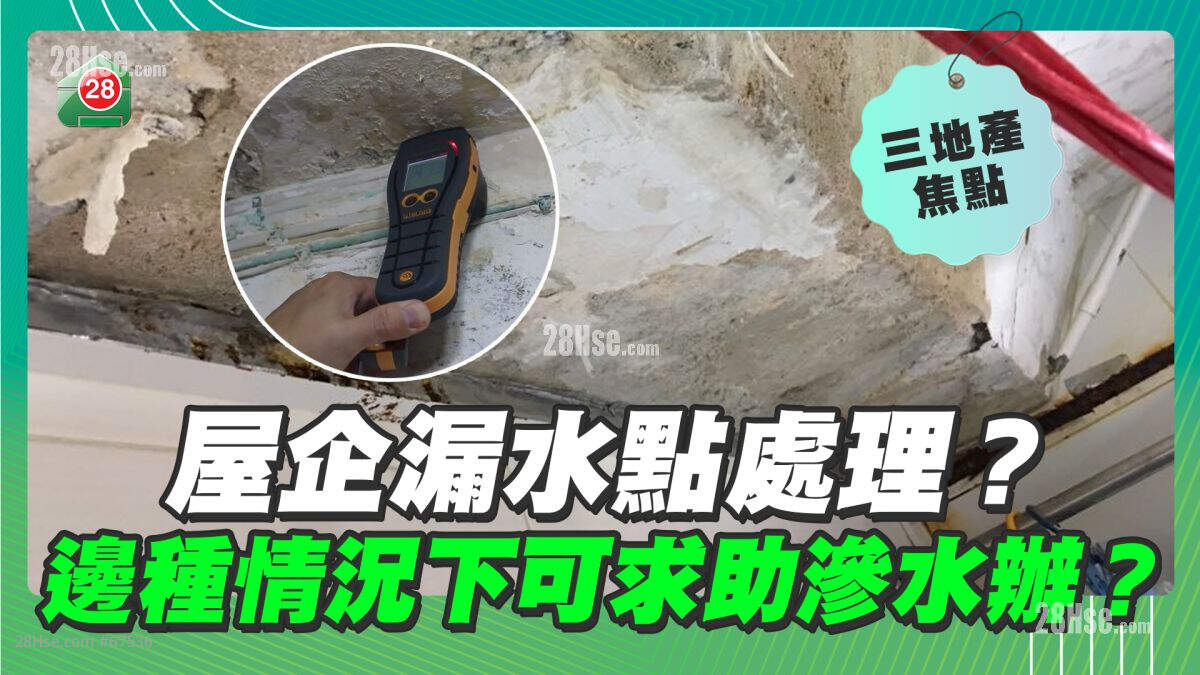Water leakage in a unit can be a significant concern for both landlords and tenants, particularly when considering the purchase or rental of a second-hand property. Addressing this issue should never be delayed, as it can escalate and disrupt daily life. Here’s a guide on how to handle such situations effectively.
The first critical step for a landlord or tenant is to pinpoint the source and cause of the leak, which is essential for determining responsibility.
The common causes of water leaks include: (1) leaking drainage pipes, which could be from the unit above, adjacent units, or within the same unit; (2) faulty supply pipes; (3) compromised waterproofing layers or poorly sealed fixtures like bathtubs; and (4) rainwater infiltration through the roof, terrace, or external walls and windows.
To identify the source of a leak, start by inspecting your unit thoroughly. Check for water stains near windows, ensure windows close snugly, and look for any cracks in the glass or walls. Additionally, examine the external wall tiles for cracks. If your unit has a terrace, inspect the flooring for any signs of cracking.
Next, assess the interior for potential plumbing leaks. The Water Supplies Department suggests a simple self-check method: close all water taps tightly, note the water meter reading, wait for 30 minutes, and check the meter again. If the meter indicates water usage despite all taps being closed, this suggests there may be a leak in the plumbing.
If these initial checks do not uncover the leak's source, the problem might originate from the unit above or from a neighbouring unit. In such cases, contact your property management to help co-ordinate with the neighbours for further testing, such as a fluorescent dye test.
What is a fluorescent dye test? This method involves pouring edible dye into the drainage system of the suspected adjoining unit to trace the source of the leak. If dye-stained water appears in your unit within one hour to two weeks, it confirms the leak originates from that unit. You should then discuss with the involved parties about fixing the leak and any necessary compensation.
However, cooperation is not always forthcoming. If neighbours refuse to permit the dye test or do not acknowledge their unit’s leakage, affected parties can seek assistance from the Joint Office of the Food and Environmental Protection and Hygiene Department.
Upon filing a complaint, the Joint Office will contact the complainant within six working days to arrange an inspection of the suspected leaking unit to pinpoint the source. If access is denied, they may obtain a court warrant to enter the unit.
Once a unit is confirmed as the source of the leakage, its owner must rectify the problem by a specified deadline or face legal action. However, if the seepage is minor and not disruptive, the Joint Office may conclude the investigation without further action.
If the Joint Office cannot resolve the issue, the complainant may hire a third-party public notary (surveyor) to collect evidence, determine the source of the leakage, and present the findings in court to seek compensation.
Like

